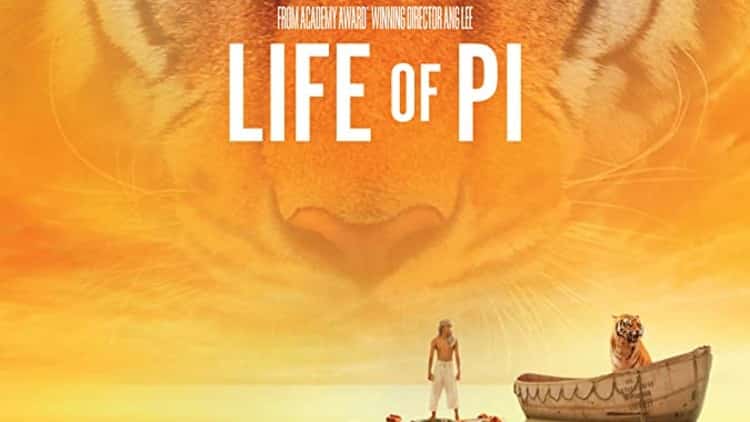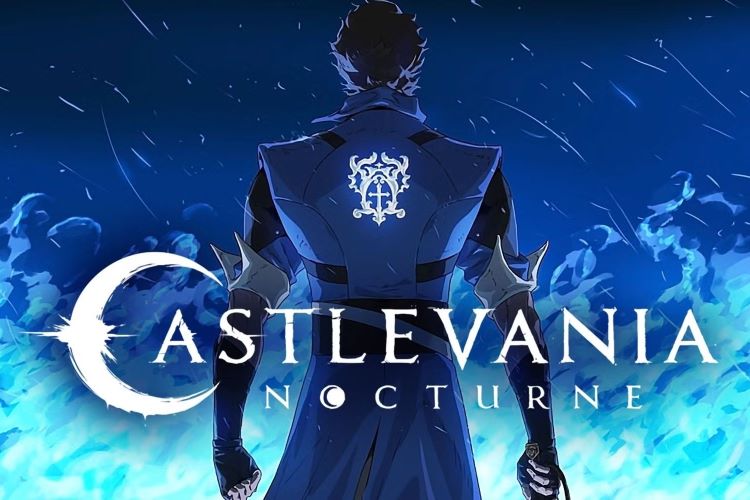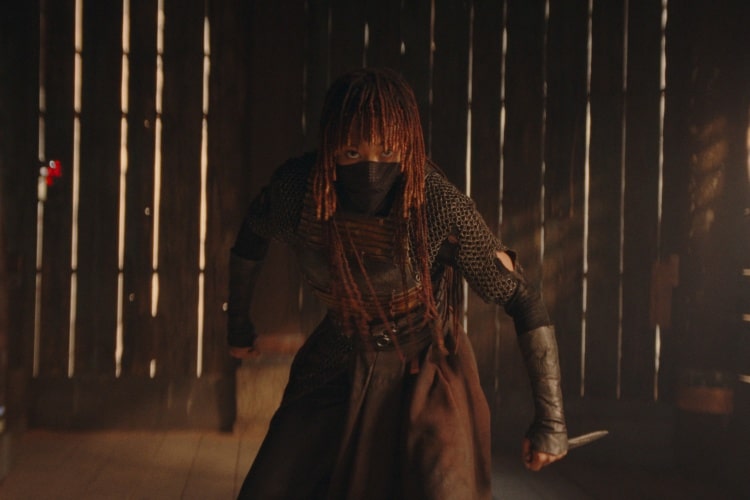A Boy, a Boat, and a Bengal Tiger: Life of Pi
Main Cast: Suraj Sharma, Irrfan Kkan, Gerard Depardieu
Director: Ang Lee
Whether you consider Life of Pi to be a rousing fantasy or religious allegory largely depends on your point of view. However, there is no denying that director Ang Lee has created a masterpiece in visual imagery, based on Yann Martel’s classic tale of faith and survival. While the film touches on some weighty themes such as faith versus reason, myth versus magic, and fantasy versus reality, it is the stunningly realistic CGI and imaginative storytelling that make this film such a spectacular cinematic achievement.
The story is told in flashback, as related by the adult Pi Patel (Irrfan Khan) to an author (Rafe Spall) who wishes to write an article based on Pi’s amazing story, that he has been told, can make him believe in God. Pi (Shurag Sharma) proceeds to relate his story, beginning with his youth, as the son of a zookeeper in Pondicherry, India. As a curious minded young boy, Pi explores a variety of different religions including Islam, Hinduism, and Catholicism, to which his father responds, “belief in everything, is the same as belief in nothing.” Pi’s curiosity also leads him to develop a fascination with a Bengal tiger name Richard Parker, who was accidentally given the name of the man who sold him to the zoo due to a clerical error.
As Life of Pi progresses, Pi’s father decides to sell the zoo and move the family to Canada. In the middle of the journey, a raging storm sinks the Japanese cargo ship, and Pi awakens to finds himself stranded on a lifeboat with a zebra, an orangutan, a hyena and the Bengal tiger, Richard Parker. Eventually, through the process of attrition, Pi is alone with the
ferocious tiger, struggling for survival for 227 days, during which time he forms an amazing bond with the tiger, while his faith is severely tested.
As a plot device, the flashback framework actually enhances the storytelling process, which relies on a variety of techniques including flashbacks, voice over narration, and visual imagery. At one point, due to exhaustion, Pi begins to hallucinate, which provides director Ang Lee with the opportunity to showcase a brilliant dream-like underwater kaleidoscope sequence of Pi’s visions from his past life superimposed on a background of dancing sea animals. Lee seizes another opportunity to exercise his visual mastery when Pi finds a brief respite on a remote island populated with a seemingly endless expanse of meerkats , crystal clear lakes, and a landscape filled with lush vegetation, featuring some spectacular overhead shots.
The CGI animation in Life of Pi is nothing short of amazing. It’s almost impossible to tell, at any given time, whether the Bengal tiger on the screen is the CGI version versus the real deal. I also credit the make-up artists with doing a fantastic job of showing the effects of 227 days at sea on Pi’s weathered face and physique. Suraj Sharma delivers an outstanding physically and emotionally draining performance, enhanced by a majestic orchestral score. Veteran actor Gerard Depardieu appears in a cameo role as a cook on the Cargo ship.
I admit to spending a couple of days mulling over the meaning of this engrossing survivalist fable. I finally came to the conclusion that it really doesn’t matter. One’s interpretation will ultimately depend on where they are in their own spiritual journey. Rather than obsessing endlessly over its meaning, perhaps as in life itself, it’s best just to sit back and enjoy the ride; storms and all. 4 1/2 stars out of 5.






Leave a Reply